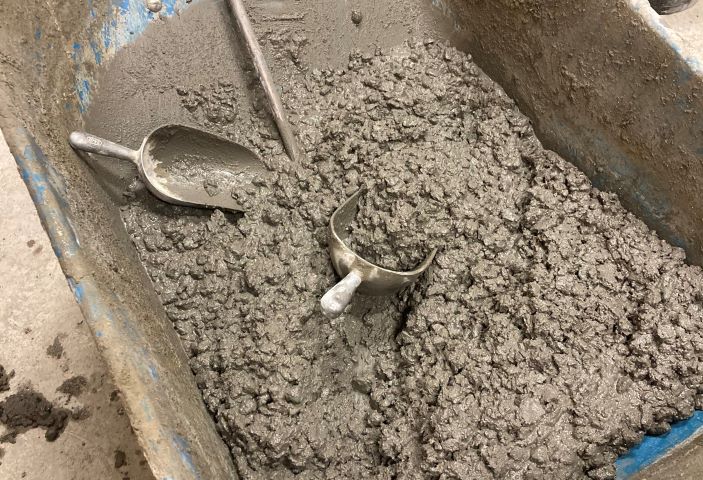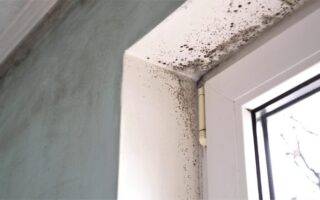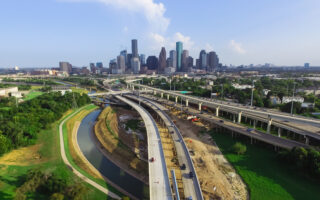After COVID-19 canceled several in-person American Concrete Institution (ACI) events since 2020, it was great to be able to finally connect face-to-face at the Spring 2022 Concrete Convention in Orlando, Florida. With all the hustle and bustle at the convention, I won’t attempt to provide a summary of everything, but I do want to discuss one frequently discussed subject across meetings: green concrete.
Bottom Ash, Natural Pozzolans, and New Products
These products were hot topics at the 2022 Convention. Several states are leading the way in the required use of more sustainable products and researchers are revealing insights into emerging materials and their potential performance in the field. Can these products produce sound, durable concrete structures with a desirable service life? Answering that question is not easy.
Concrete professionals have standardized processes that are well understood throughout the industry for the use of fly ash, slag cement, and silica fume. These products have been studied for decades, and guides like ASTM C1778 and ACI 201 provide guidance on how to produce durable concrete with these supplementary cementitious materials (SCMs). New products and many natural pozzolans that have been used to make durable concrete in recent years may not meet the existing understanding presented in these guides.
In Orlando, a variety of technical sessions on bottom ash and natural pozzolans indicated that, in some products, not all the alkalis are available to react with susceptible aggregates to cause Alkali-Silica Reaction (ASR) distress. Some of these products, when tested for alkali content according to traditional methods, would be rejected in fear of deleterious ASR reactions. Ongoing research has found that this is not always the case. Though some newer products feature relatively high alkali contents, much of the alkalis appear to be bound in the crystalline structure of these materials. These findings are also supported by many structures in the United States which were constructed with natural pozzolans and have performed very well.
More questions than answers for construction
One item missing from many of these presentations was the constructability concerns that may come with these new materials. At Braun Intertec, we have already seen issues in the performance of several products concerning water demand, finishability, and placability. Even if we can figure out the durability aspect of these materials, contractors need to be able to pump, consolidate, and finish the concrete in a timely manner. As we continue to evolve in our understanding of environmental-friendly products, there are many questions that need answers, such as:
- What must change in our specification, guides, and construction practices?
- What new product specifications are needed at ACI or ASTM?
- What is the availability of these new products?
- How will we introduce these products into concrete production?
- Will our life cycle models still predict the time-to-corrosion properly?
- How will they affect our environmental impact on concrete construction?
When well-designed, concrete is a sustainable and resilient material. It is the second most used material on earth and will be around for the foreseeable future. Environmental concerns have propelled the innovation of products that decrease concrete’s overall carbon footprint. However, more clarity is needed about the performance and long-term viability of these products — and to meet the daily increasing demand for these building materials — it is needed quickly.




